Understanding Airport Security Rules
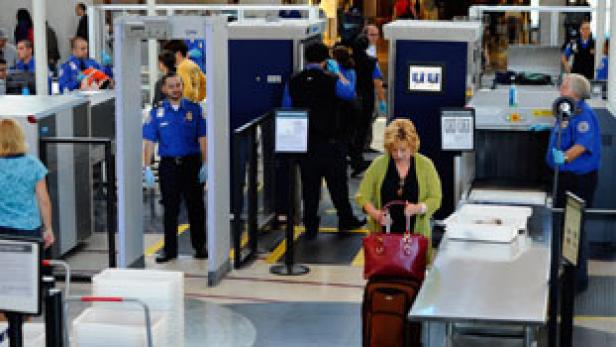
Getty Images
Navigating airport security checkpoints can be a tedious exercise for travelers. But the process for getting on an airplane can become less burdensome if travelers know why certain procedures are in place.
Transportation Security Administration spokesperson J. Kawika Riley said the group’s goal is to reduce risk while minimizing inconvenience to travelers at checkpoints.
"Transportation security is a balancing act," Riley said.
According to Riley, the only way to make air travel 100 percent secure is to eliminate air travel altogether. That's not an option for most travelers. It helps travelers to be informed about why security procedures exist. Here are the most common TSA-enforced, airline security procedures and why they exist:
Take your laptop out of its bag and put it into a separate bin.
TSA agents examine laptops for explosives "that appear benign," but that could be hidden within the body of computers and electronic equipment, Riley said. TSA can more easily, clearly and quickly examine a laptop if it is isolated in a bin. If you don't want to take your computer out each time, purchase a TSA-approved bag that offers a clear image of the computer in the X-ray machine.
Limit liquids, gels and aerosols to 3 ounces or less and place them all in a clear, one-quart, zip-top bag.
Many people don't understand how their toothpaste or perfume could seem dangerous. But when several, UK-based terrorists were caught plotting to blow up at least 10 airliners with ordinary-looking, small-liquid explosives 5 years ago, explosives experts re-evaluated security procedures. They determined that it is unlikely for a terrorist to assemble and ignite an explosion device from several small containers and no matches. Screening technology for checked luggage can detect an assembled bomb, but it's more difficult for checkpoint machines to detect them. Keeping some liquids together in the plastic bag makes the screening process quicker and more efficient.
Remove your hats, shoes, belts and jackets.
Small weapons and other hazardous items can be easily hidden in these items. After Richard Colvin Reid -- the "Shoe Bomber" -- tried detonating an explosive hidden in his shoes on a commercial airliner in 2001, TSA began screening loose items separately. Belts and other metal accessories cause false metal detector alarms. By removing them, the alarm will detect any other prohibited metal items on your person.
Walk through body scanners.
Metal detectors screen for such items as guns, knives and other prohibited items but Advanced Imaging Technology scanners, which were implemented in 2010, screen passengers for non-metallic prohibited items, such as matches or drugs. Gutheinz says the scanners are effective because a TSA screener can check underneath a passenger's clothing for hidden prohibited items. The process takes a matter of seconds versus a 2-to-5-minute pat down. Travelers can expect that as long as terrorism threats evolve, aviation security procedures will too. Get through the security line faster by being prepared. As you comply with airport security rules, remember the goal: to keep us all a little safer.

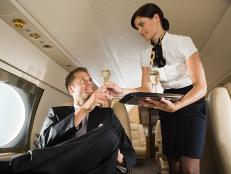

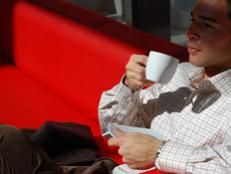
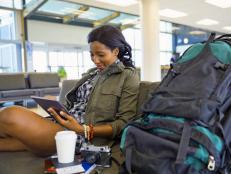




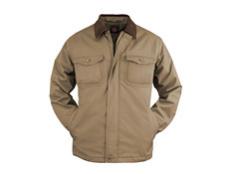

















.jpg.rend.hgtvcom.231.174.suffix/1674758726773.jpeg)











